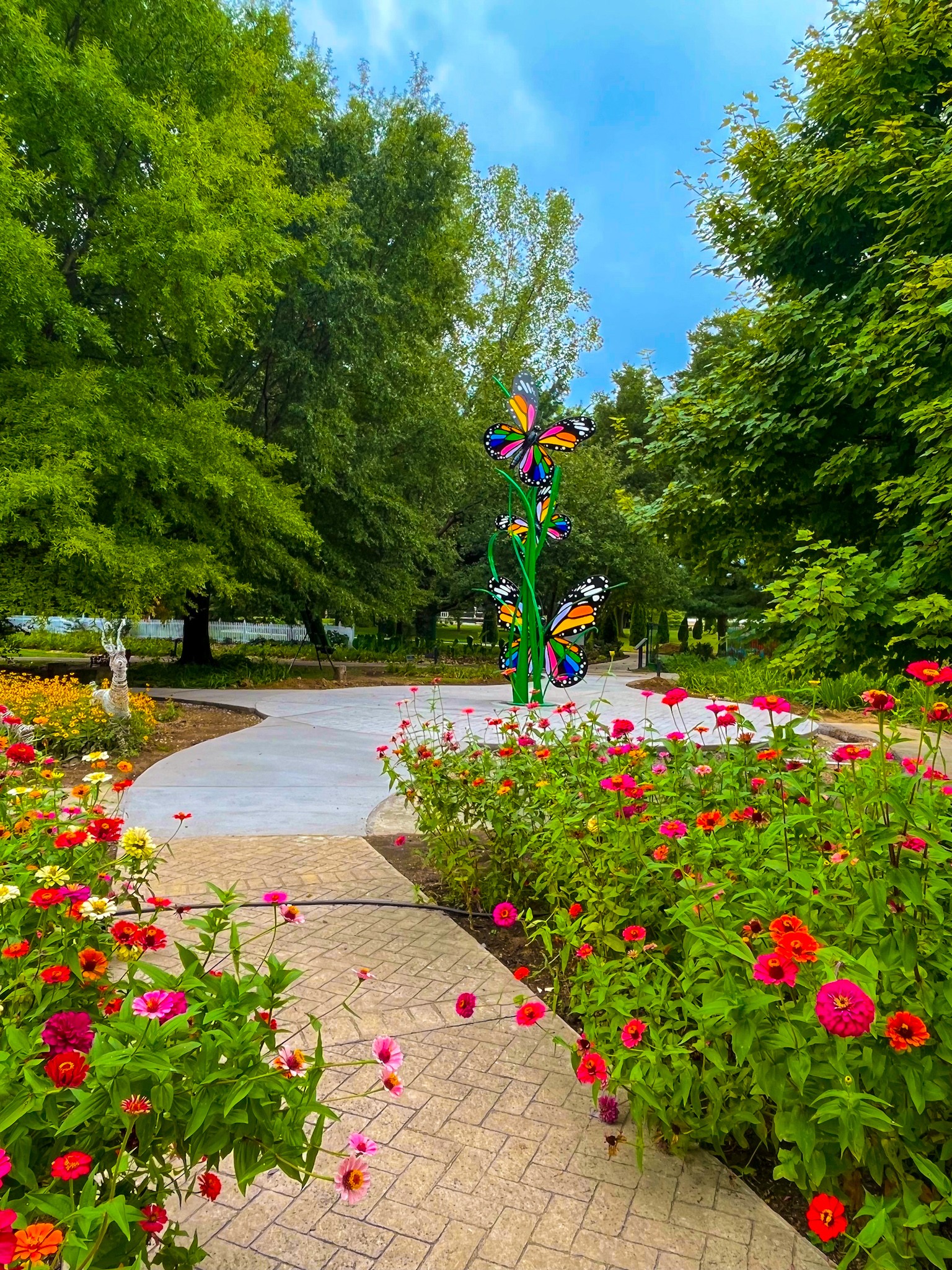We’re excited to introduce you to the always interesting and insightful Laurna Strehl. We hope you’ll enjoy our conversation with Laurna below.
Laurna, thanks for taking the time to share your stories with us today Can you talk to us about a project that’s meant a lot to you?
As Director of the Western Kentucky Botanical Garden, I oversaw the acquisition of four adjoining acres that included a historic home built in 1840. The goal was to thoughtfully integrate this new space into our existing 8.5-acre botanical garden. One of the key elements in achieving this was the creation of a connecting pathway to unify the two areas.
During the planning phase, I was personally navigating a very difficult time—my 37-year-old sister had been diagnosed with stage 4 cancer. Witnessing her journey deeply impacted me and everyone who loved her: from her one-year-old son to our 90-year-old grandfather, as well as her extended family, church community, colleagues, and friends. Her experience was a powerful reminder of the importance of living intentionally.
This deeply personal perspective inspired me to imagine how the new pathway could become more than just a means of connection—it could become a place of meaning, reflection, and inspiration. From this vision, the Path of Hope and Healing was born.
Working in collaboration with our garden’s design committee, we developed a layout that combined natural beauty with symbolic artistic elements. A central feature includes twelve handcrafted glass cancer ribbons, created by Owensboro native Brook White. These vibrant ribbons are mounted in such a way that they appear to float within the landscape, each color representing one of the twelve most commonly diagnosed cancers in Kentucky.
Subtle lighting has been installed in the surrounding trees, creating a serene and contemplative experience in the evening hours. The pathway leads to a beautifully designed courtyard anchored by a 21-foot-tall monarch butterfly sculpture. This piece was custom-created by local metalworker Chris Schartung and stained glass artist Scott Poynter. While the butterfly is anatomically accurate, its wings are adorned in the same twelve colors as the cancer ribbons, symbolizing hope and resilience.
The Path of Hope and Healing embodies the restorative power of nature and serves as a quiet tribute to those affected by cancer. Many visitors are unexpectedly moved when they come across this space during their visit to the garden. It stands as both a personal tribute and a communal place for reflection, reminding us all of the strength found in hope and healing.
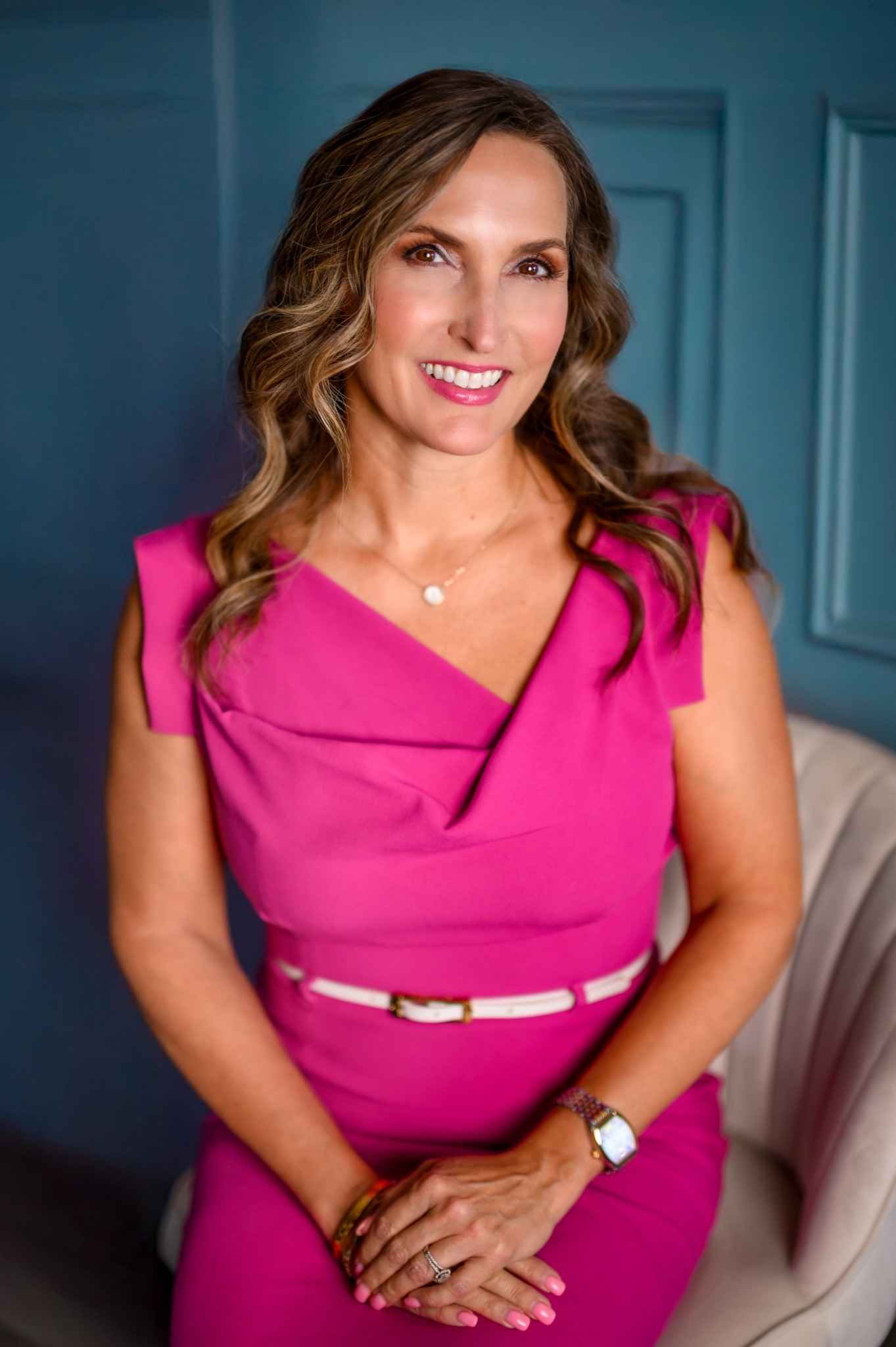

Laurna, love having you share your insights with us. Before we ask you more questions, maybe you can take a moment to introduce yourself to our readers who might have missed our earlier conversations?
In 2011, it was my love of nature, not gardening talent, that called me to The Garden. I began as a volunteer with Western Kentucky Botanical Garden. I saw the need to put The Garden on the map, as only a few people knew of its existence. I have increased their Facebook followers from 200 to more than 10,000.
In 2015, I began working part-time in the office at the garden, where my primary function was marketing and event rentals. I also sought local television interviews and local print publications, and participated in Chamber events to give us a larger presence. I became the face of the botanical garden.
By 2020, the garden’s presence in our community was growing, and I was appointed as Executive Director. I felt my perspective as a visitor, not a gardener, was missing from the garden’s long-term planning. Event rental income was barely existent, and almost zero dollars were allocated for marketing. Our logo needed refreshing, and we needed a garden map to welcome visitors.
In 2021, we launched the garden’s first-ever capital campaign and reached our goal of $2.8 million. Since then, the entire garden has expanded, and many new additions of art and gardens have been installed. Volunteerism increased significantly, and the garden, new and old, has never looked better due to a newly hired horticulturist, volunteers, and our Master Gardeners.
Our community outreach and partnerships have increased significantly. We are a larger part of our tourism industry and work collaboratively with our visitor bureau. The garden’s daily visitor rate has seen a significant increase over the last 5 years.
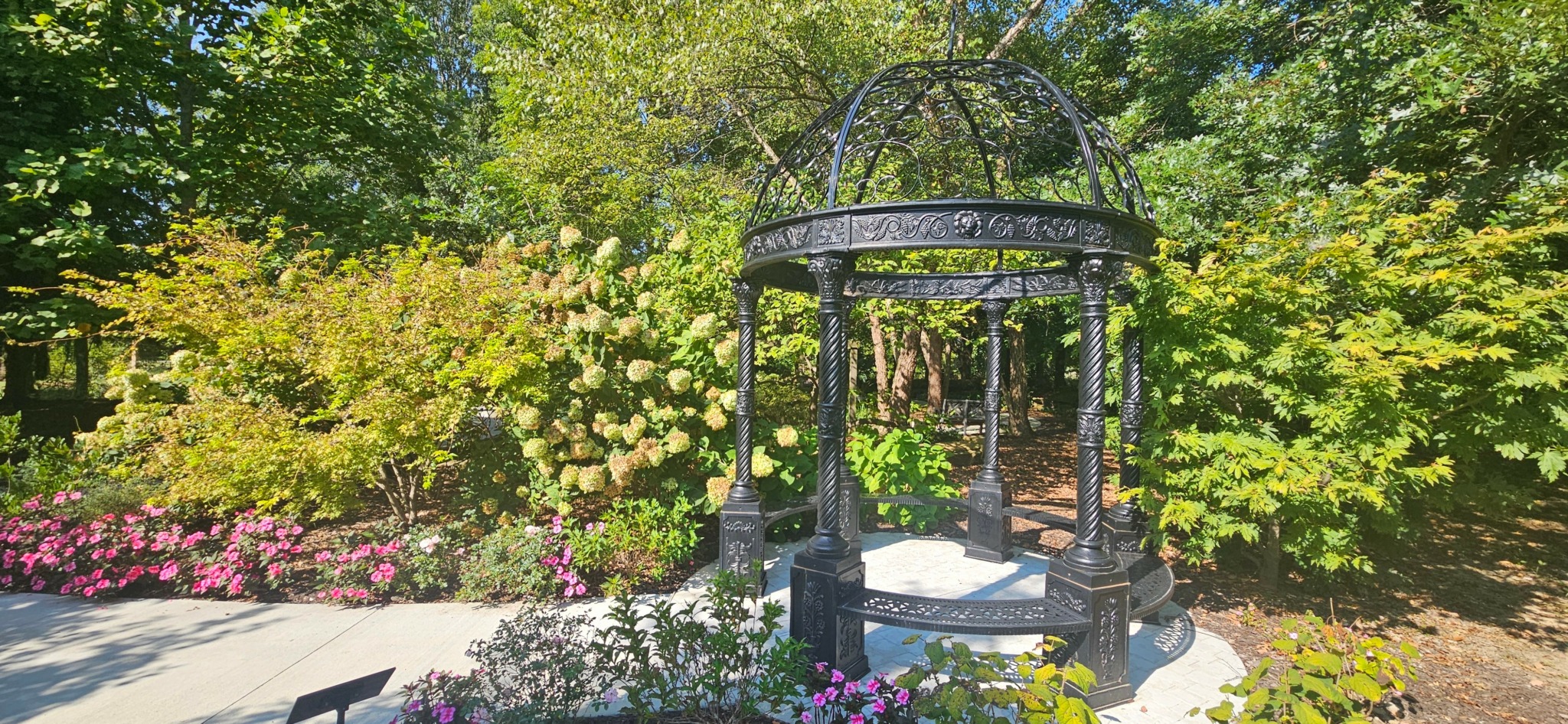
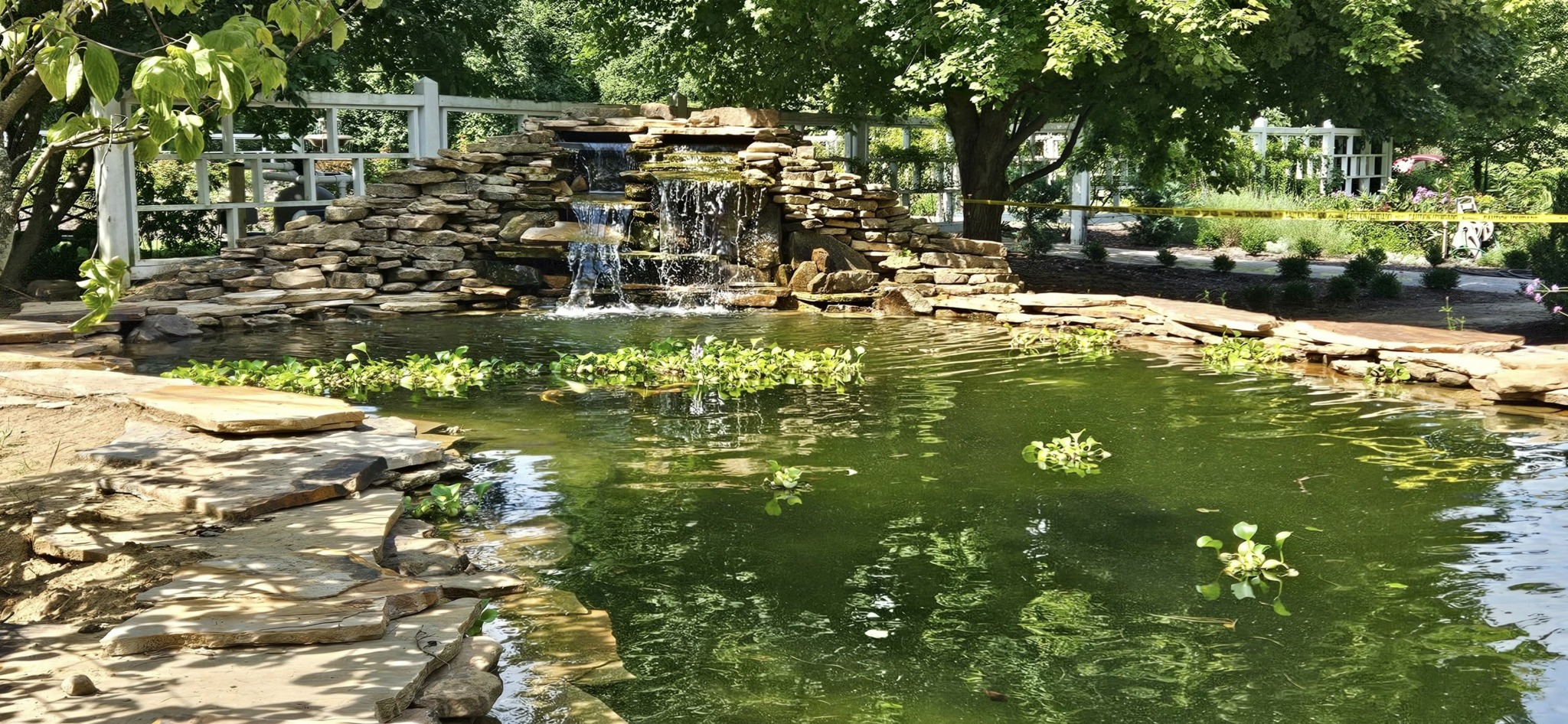
Are there any books, videos or other content that you feel have meaningfully impacted your thinking?
In our community, I’ve been fortunate to benefit from the Marilyn and William Young Foundation, whose support for professional development has shaped my leadership style. The most impactful training I completed was Dan Pallotta’s Bold course for nonprofits. That program fundamentally reshaped how I approached nonprofit operations and finances.
Previously, I believed every aspect of operations—especially fundraising—had to be run as lean as possible. Dan’s course helped me recognize the limitations of that mindset and understand the importance of investing strategically to achieve growth. This shift in perspective came at exactly the right time, as our organization was preparing to launch its first-ever capital campaign. The training gave me the tools and confidence to lead that effort with a more sustainable, growth-oriented approach.
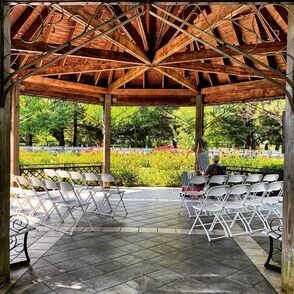
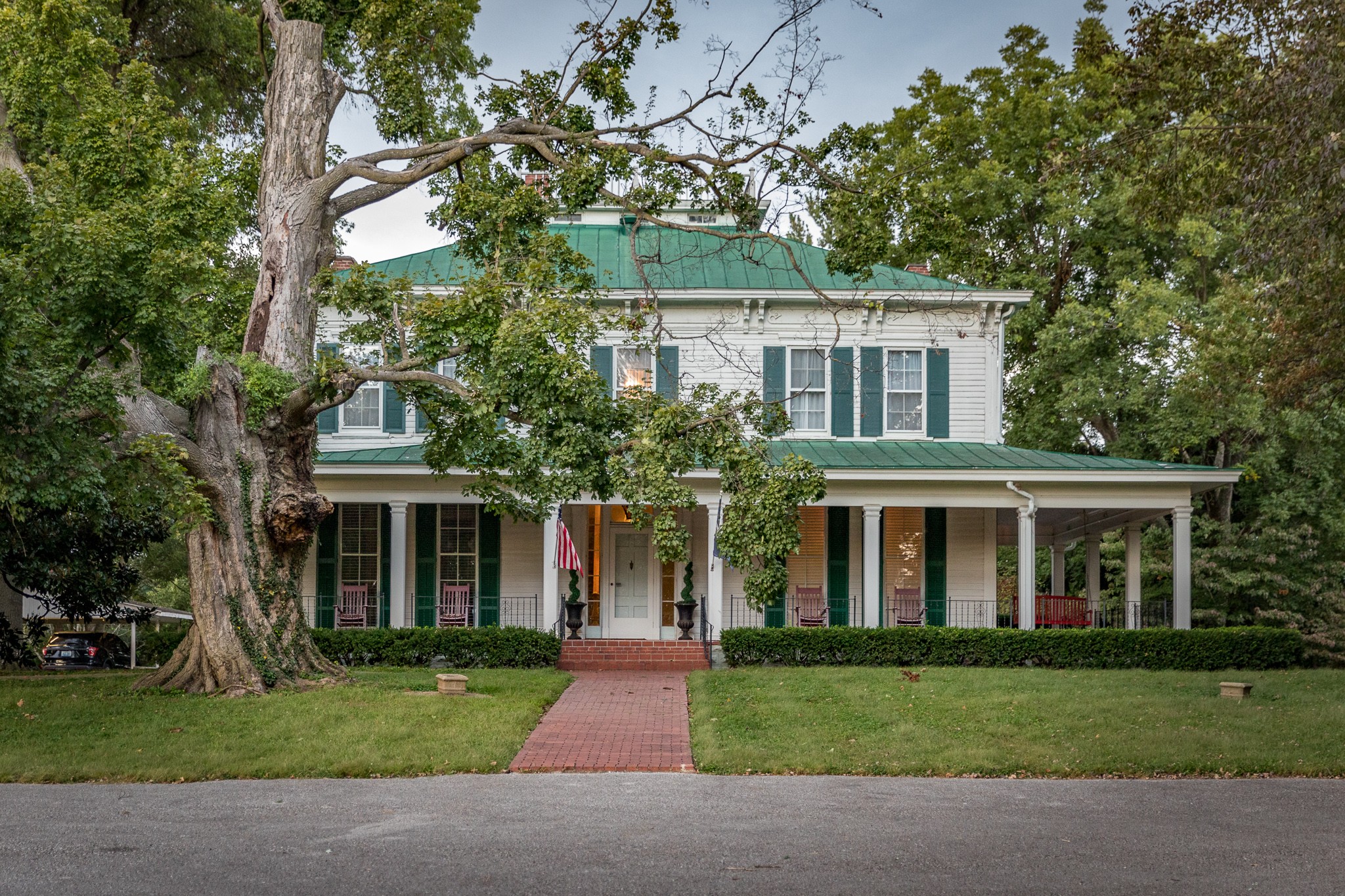
We’d love to hear the story of how you built up your social media audience?
I have grown the botanical garden’s Facebook presence from 200 to over 10,000 followers. Ten years ago, this was accomplished by liking and sharing our page to be entered to win a prize. This no longer works, and a critical component to success now is consistent and creative posts. It is also important to know your audience by identifying who your business serves. Our demographic is mostly Facebook users. To help grow and maintain our demographic, we need to expand on Instagram. So, another piece of advice is to know your skill limitations. A wonderful, affordable marketing tool is Canva. I have learned to navigate the software, but am very limited in taking advantage of all of its capabilities. With all that said, we hired a social media person to take over our social media during our busiest months. She is more in touch with a younger audience and has great talent and knowledge of creating effective posts. Be sure to select a social media person who truly understands your business, and find someone who loves what your business provides.
Contact Info:
- Website: https://www.wkbg.org/
- Instagram: wkbgarden
- Facebook: Western Kentucky Botanical Garden
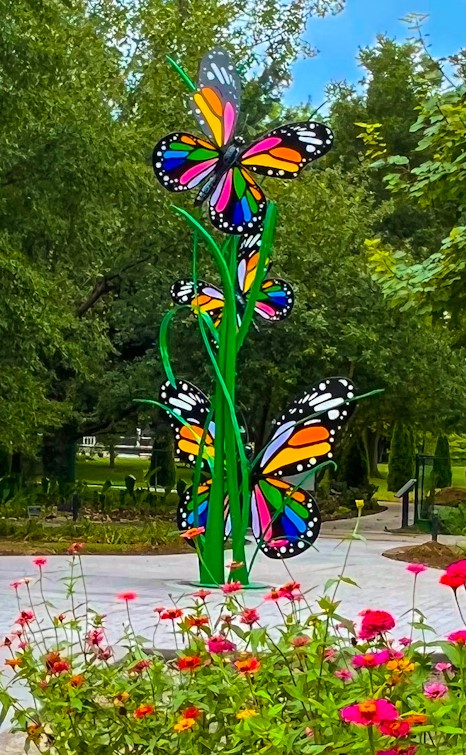

Image Credits
AP Photography for the image of the white house with green roof


